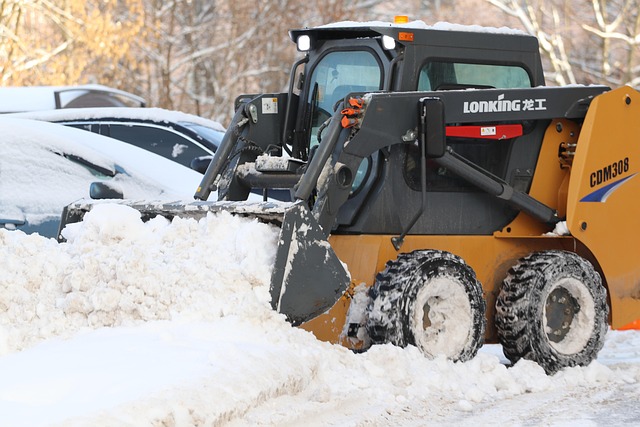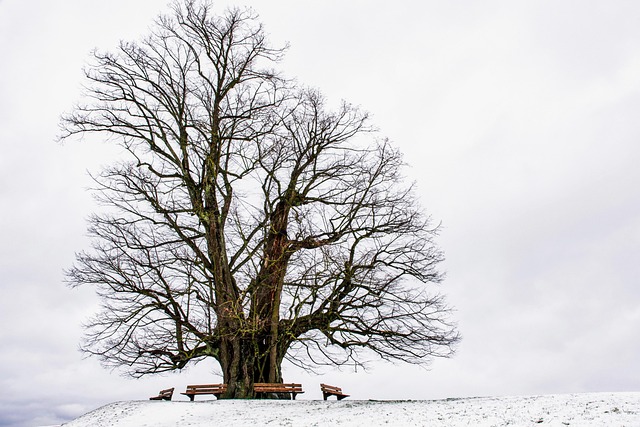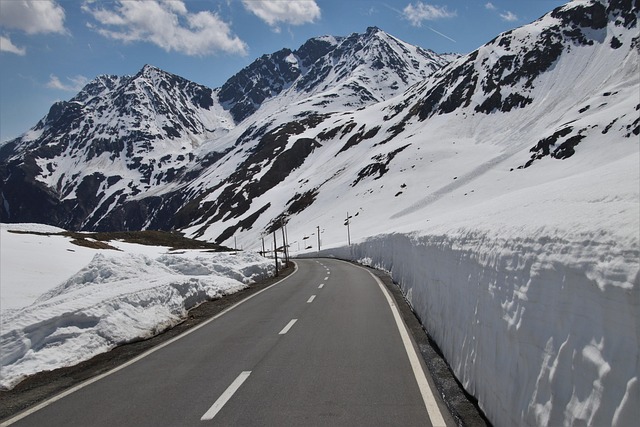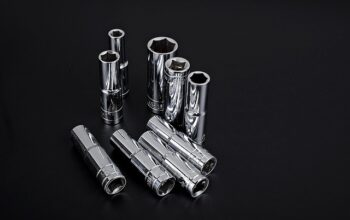Commercial snow plowing operations require stringent legal compliance, safety gear, equipment, training, and clear communication for effective sidewalk clearance. Property owners should verify contractor licenses and insurance while understanding their responsibilities. Best practices include using specialized equipment, regular maintenance, operator training, systematic plowing patterns, and pre/post-plow inspections to enhance safety and efficiency. Regular training sessions and emergency drills are crucial for swift decision-making and problem-solving during winter storms, ensuring safe public spaces, customer satisfaction, and regulatory compliance.
In regions with harsh winters, commercial snow plowing is essential for maintaining safe public spaces. This article explores safety protocols crucial for responsible sidewalk snow removal. We delve into understanding legal obligations, equipping operators and workers with essential safety gear, and mastering effective plowing techniques. Additionally, we highlight best practices for clearing ice and snow, ensuring public safety, and implementing regular training programs for emergency preparedness. Discover the key strategies to revolutionize commercial snow plowing operations while prioritizing safety.
- Understanding Commercial Snow Removal Responsibilities
- Essential Safety Gear for Operators and Workers
- Best Practices for Sidewalk Snow Plowing Techniques
- Maintaining Clear and Safe Public Spaces
- Regular Training and Emergency Preparedness Procedures
Understanding Commercial Snow Removal Responsibilities

In many jurisdictions, commercial snow removal companies have specific legal obligations and responsibilities when it comes to clearing sidewalks of snow and ice. These duties are designed to ensure the safety of pedestrians and comply with local regulations. Commercial snow plowing operations must be well-prepared and equipped to handle the challenges of urban areas, where foot traffic is heavy and diverse. This includes using appropriate machinery and techniques to clear sidewalks efficiently without causing harm or obstruction.
Property owners or managers who outsource commercial snow removal services should verify that the contractors are licensed and insured, possess the necessary equipment, and comply with safety standards. They must also understand their role in maintaining safe public spaces during winter months. Effective communication between property owners, contractors, and local authorities is vital to ensure timely clearance of sidewalks, avoiding potential hazards, and adhering to legal requirements related to commercial snow plowing.
Essential Safety Gear for Operators and Workers

When it comes to commercial snow plowing, ensuring the safety of operators and workers is paramount. Essential Safety Gear (ESG) includes high-quality, well-fitting winterized clothing, such as insulated boots, gloves, and waterproof jackets. These items protect against extreme cold and wet conditions, reducing the risk of hypothermia and other temperature-related illnesses.
Additionally, appropriate eye protection like goggles or a face shield is crucial to guard against flying snow and ice particles. Headwear, such as hard hats or specialized winter caps, offers head protection from falling debris. In case of emergencies, personal protective equipment (PPE) like reflective vests and emergency response kits should be readily available. Proper use and maintenance of this ESG are fundamental to prevent accidents and injuries during commercial snow plowing operations.
Best Practices for Sidewalk Snow Plowing Techniques

When it comes to commercial snow plowing, adopting best practices ensures safe and efficient sidewalk clearance. One crucial technique involves utilizing specialized equipment designed for heavy-duty snow removal, such as snow blowers or plow trucks, which can swiftly clear large areas. These machines should be regularly maintained to guarantee optimal performance and safety. Proper training for employees operating the equipment is essential; skilled operators can navigate tight spaces and avoid potential hazards like utility lines or obstacles.
Additionally, establishing a systematic plowing pattern helps maintain order. Operators should plow in one direction to prevent ruts from forming and ensure even snow accumulation on both sides of the sidewalk. This method also facilitates faster clearing. Regular inspection of sidewalks before and after plowing is vital to identify potential risks, such as uneven surfaces or hidden obstacles, allowing for prompt addressal and ensuring a safer environment for pedestrians and businesses alike.
Maintaining Clear and Safe Public Spaces

Maintaining clear and safe public spaces is a top priority for businesses, especially during winter months when heavy snowfall can accumulate quickly. Commercial snow plowing plays a pivotal role in ensuring sidewalks remain accessible and hazard-free for pedestrians, patrons, and employees. Effective snow removal protocols not only facilitate easier navigation but also contribute to preventing accidents and injuries.
Business owners and property managers must implement structured plans that involve timely clearance of snow and ice accumulation. This includes regular maintenance and the use of specialized equipment designed for commercial snow plowing operations. By prioritizing safety measures, businesses can create a welcoming environment, promote customer satisfaction, and fulfill their responsibilities to maintain public spaces in accordance with local regulations.
Regular Training and Emergency Preparedness Procedures

Regular training sessions are essential for commercial snow plowing teams to ensure efficient and safe operations during winter storms. These sessions should cover various aspects, including proper equipment usage, safety protocols, and emergency response strategies. By simulating different scenarios, employees can gain practical experience in quick decision-making and problem-solving, which is crucial when navigating icy conditions and unexpected obstacles.
Emergency preparedness procedures are a critical component of any commercial snow removal service. This includes establishing clear communication channels, defining roles and responsibilities, and regularly testing emergency response plans. Regular drills and mock situations can help identify potential gaps in the protocol, allowing companies to refine their strategies and ensure a swift and effective response during severe weather events, minimizing disruptions and risks to both staff and the public.




